The hartebeest (Alcelaphus buselaphus) is a large African antelope belonging to the Bovidae family. It is characterized by its elongated head, unique bracket-shaped horns, and a body structure with high forequarters sloping down to lower hindquarters. This physical feature is common among the members of the Alcelaphini tribe, which includes other species like wildebeests, topis, and blesboks. Recent DNA studies have revealed that there are approximately 10 subspecies of Alcelaphus buselaphus, some of which were previously recognized as separate species within the Alcelaphus genus.
Hartebeests are primarily found in herds inhabiting the open plains and scrublands of sub-Saharan Africa. They were once distributed across a wide range, including North Africa. However, their range has diminished over time due to habitat loss and human activities. These antelopes are well-adapted to the grassland habitats, where they feed on various grasses and herbaceous plants. Hartebeests are known for their excellent stamina and can sustain fast speeds over long distances, making them capable runners.
In terms of behavior, hartebeests often form herds of mixed sexes and ages. They have a hierarchical social structure, with dominant males leading the group. Males use their distinctively shaped horns for both defense against predators and during territorial battles with rival males during the breeding season. Hartebeests are active during the day and tend to rest in shaded areas during the hottest part of the day. While they have relatively poor eyesight, they possess a keen sense of smell and excellent hearing, which helps them detect potential threats in their surroundings.
The hartebeest population has faced challenges, and some subspecies are classified as endangered or vulnerable due to habitat loss, poaching, and competition with livestock for resources. Conservation efforts are underway to protect their remaining habitats and ensure the long-term survival of this iconic African antelope.
Hartebeest: Species Profile
COMMON NAME: Hartebeest
SWAHILI NAME: Kongoni
SCIENTIFIC NAME: Alcelaphus buselaphus
TYPE: Mammal
FOOD: Hartebeests are herbivores and primarily feed on grasses. They have a specialized digestive system that allows them to extract nutrients from tough, fibrous vegetation. They may also browse on leaves, shoots, and herbs when available.
HABITAT: Hartebeests inhabit a variety of habitats including grasslands, savannas, and open woodlands. They are found in different parts of Africa, ranging from East Africa to Southern Africa. They are adapted to living in open plains and are often seen in areas with a mixture of grassy plains and scattered trees or shrubs.
SIZE: Hartebeests are large antelopes with a shoulder height of approximately 120-140 centimeters (47-55 inches). Adult males, known as bulls, are larger and heavier than females, known as cows. Bulls can weigh around 150-200 kilograms (330-440 pounds), while cows weigh around 120-180 kilograms (265-400 pounds).
AVERAGE LIFE SPAN IN THE NATURAL HABITAT: In the wild, hartebeests have an average lifespan of around 15 years. However, some individuals may live longer under favorable conditions.
ACTIVE: Hartebeests are diurnal animals, meaning they are primarily active during the day. They are well adapted to open grasslands and are known for their fast running ability. They form small groups or herds and engage in social interactions within their population.
GESTATION PERIOD: The gestation period of hartebeests lasts approximately 8-9 months. After this period, a single calf is born. The newborn calves are able to stand and follow their mothers shortly after birth.
WEIGHT: The weight of hartebeests varies depending on their sex. Adult males, or bulls, typically weigh between 150-200 kilograms (330-440 pounds), while adult females, or cows, usually weigh around 120-180 kilograms (265-400 pounds).
SIZE COMPARISON TO A 6-FT MAN: Hartebeests are taller and larger than a 6-ft man. With a shoulder height of approximately 120-140 centimeters (47-55 inches), they stand significantly taller than an average human. Their long, slender legs and unique, elongated face make them easily distinguishable among other antelope species.
Distinctive Appearance:
Hartebeest is a name given to a group of large African antelope species belonging to the genus Alcelaphus. The hartebeest species share some common physical characteristics, while each also has its distinct features. Here is an overview of the general appearance of hartebeests:
Size and Build: Hartebeests are robust, medium to large-sized antelopes. They typically measure around 1.2 to 1.5 meters (4 to 5 feet) at the shoulder and have a body length of approximately 2 to 2.5 meters (6.5 to 8.2 feet). They weigh between 100 to 200 kilograms (220 to 440 pounds). Hartebeests have a long face with a pronounced muzzle.
Coat Color: The coloration of hartebeests’ coats varies depending on the species. Generally, their coats are shades of reddish-brown, fawn, or sandy brown, often with a lighter underbelly. Some species may have darker patches or markings on their bodies.
Head and Horns: Hartebeests have a distinctive head shape. Their foreheads are high and slope backward, giving them a unique facial appearance. Both males and females possess long, heavily ridged horns that curve outward and upward. The shape and size of the horns can vary between species and may play a role in species recognition and sexual dimorphism.
Legs: Hartebeests have long, slender legs adapted for running and covering long distances. Their legs end in cloven hooves, which provide traction and support while navigating various terrains.
Distinctive Features: Each hartebeest species has its distinguishing features. For example, the Lichtenstein’s hartebeest has a reddish-brown coat with a white patch on its rump and a dark stripe along its sides. The Coke’s hartebeest, on the other hand, has a lighter sandy coat with a black patch on its forehead.
The unique appearance of hartebeests makes them easily recognizable among other African antelope species. Their striking features, including their elongated faces and impressive horns, contribute to their charm and allure in the wild.
A. Elegant Silhouette:
The hartebeest possesses a distinctive silhouette that sets it apart from other antelope species. Its long, slender legs and sloping back give it a graceful and agile appearance. The body is adorned with a short coat of reddish-brown to fawn color, blending seamlessly with its grassland habitat.
B. Unique Facial Features:
One of the most striking features of the hartebeest is its elongated face. This facial structure is characterized by a long, narrow muzzle and upward-curving horns. The horns, present in both males and females, are ridged and can reach impressive lengths, contributing to the hartebeest’s distinct allure.
Habitat and Range:
A. Grassland Dwellers:
Hartebeests are well-adapted to the vast grasslands and savannas of Africa. They can be found in numerous countries across the continent, including Kenya, Tanzania, Botswana, and South Africa. These open habitats provide the hartebeest with ample grazing opportunities and the ability to spot potential predators from a distance.
B. Migratory Behavior:
Hartebeests are known for their seasonal migrations, moving in search of fresh grazing areas and water sources. These migrations are often driven by the availability of food and the need to avoid areas with high predator densities. The ability to adapt and traverse long distances ensures the hartebeest’s survival in dynamic and ever-changing landscapes.
Behaviors Feeding Habits:
Hartebeests are fascinating antelopes known for their unique behaviors and adaptations to their natural environments. Here are some key aspects of hartebeest behavior:
Social Structure: Hartebeests are primarily social animals and usually form mixed-sex herds consisting of females, their offspring, and a dominant male. These herds can vary in size, ranging from a few individuals to several dozen. Within the herd, there is a hierarchical structure, with the dominant male leading and defending the group.
Territoriality and Defense: Male hartebeests are territorial and mark their territories using scent markings and visual displays. They establish and defend their territories, especially during the breeding season when they compete for access to females. Dominant males engage in visual displays such as high-stepping, exaggerated postures, and ritualized fights to assert dominance and establish their authority.
Communication: Hartebeests communicate using a combination of visual and vocal signals. They have a variety of vocalizations, including snorts, grunts, and bellows, which are used to convey different messages such as alarm, aggression, or communication within the herd. They also use body postures, head movements, and facial expressions to signal their intentions and establish social hierarchies.
Foraging Behavior: Hartebeests are herbivores with a diet primarily composed of grasses, although they may also consume leaves, herbs, and other vegetation depending on the availability. They are well adapted to grazing and have elongated faces and specially adapted teeth for efficiently cropping grass. Hartebeests are often found in open grassland habitats where they can easily access their food source.
Anti-Predator Strategies: Hartebeests are prey animals and face the constant threat of predation. They have developed several strategies to evade predators. When sensing danger, hartebeests rely on their excellent eyesight and hearing to detect potential threats. They are known for their exceptional speed and agility, allowing them to escape from predators through swift running and agile maneuvers. Additionally, they may use alarm calls to alert other members of the herd about potential dangers.
Migratory Behavior: Some hartebeest species exhibit migratory behavior, moving across vast distances in search of food and water. These migratory movements are often triggered by seasonal changes and the availability of resources. The hartebeests’ ability to migrate allows them to optimize their survival and reproductive success by accessing areas with abundant grazing and suitable breeding conditions.
Understanding the behavior of hartebeests provides valuable insights into their ecological role and adaptations in their respective habitats. Their social dynamics, communication, and anti-predator strategies contribute to their survival in the wild.
A. Grass Connoisseurs:
Hartebeests are predominantly grazers, relying on a diet of grasses and herbaceous vegetation. Their elongated face and specialized dentition allow them to efficiently consume and process fibrous plant material. They are adapted to extracting nutrients from coarse grasses, enabling them to thrive in environments where other herbivores may struggle.
B. Water Dependency:
Although hartebeests have a remarkable ability to extract moisture from their food, they still require regular access to water sources. During dry seasons or prolonged droughts, they will travel significant distances to find watering holes or permanent rivers to quench their thirst.
Social Dynamics:
A. Group Cohesion:
Hartebeests exhibit social behavior characterized by the formation of herds or “kongs.” These groups can range in size from a few individuals to large aggregations of several hundred members. Within these herds, individual hartebeests maintain visual contact and rely on collective vigilance to detect potential threats.
B. Courtship and Mating:
During the breeding season, male hartebeests engage in competitive displays to establish dominance and gain access to females. They engage in vigorous sparring battles, where they clash their horns and lock their strength. The victor earns the right to mate with receptive females, ensuring the continuation of their lineage.
Conservation Status:
The hartebeest population faces various conservation challenges across its range. Habitat loss, human encroachment, and poaching pose significant threats to their survival. Efforts are underway to protect their habitats, establish protected areas, and promote sustainable land-use practices that benefit both wildlife and local communities.
Alcelaphus buselaphus
In the vast plains of Africa, the Alcelaphus buselaphus (hartebeest) stands as a testament to nature’s ingenuity and resilience. Its elegance, adaptability, and unique social dynamics make it a remarkable species deserving of our admiration and conservation efforts. By understanding the hartebeest’s ecological role and working towards its protection, we can ensure a future where these graceful antelopes continue to roam the African savannas, enriching the biodiversity of our planet.
Hartebeest Adaptations
Hartebeests have evolved several adaptations that enable them to thrive in their diverse habitats. These adaptations contribute to their survival and success as herbivorous antelopes. Here are some notable hartebeest adaptations:
Skeletal and Muscular Adaptations: Hartebeests have elongated limbs and well-developed musculature, which allows them to move swiftly across open grasslands and navigate challenging terrains. Their long legs provide them with a long stride, enabling them to cover large distances efficiently. These adaptations are advantageous for both foraging and escaping from predators.
Specialized Teeth and Digestive System: Hartebeests have specialized teeth adapted for grazing on tough grasses. Their incisors are reduced, and their large premolars and molars have high crowns and broad chewing surfaces, enabling them to efficiently grind and break down fibrous plant material. Additionally, hartebeests have a complex digestive system with a multi-chambered stomach that aids in the digestion of cellulose-rich plant matter.
Elongated Face and Eyes: One of the distinctive features of hartebeests is their elongated face. This elongation provides them with an extended muzzle, which allows them to reach and feed on grasses close to the ground. Their eyes are positioned on the sides of their head, providing them with a wide field of vision, which is crucial for detecting potential predators in open savannah environments.
Speed and Agility: Hartebeests are known for their remarkable speed and agility. They can reach speeds of up to 70 kilometers per hour (43 miles per hour) when sprinting, allowing them to escape from predators such as lions and cheetahs. Their long legs and strong muscles contribute to their impressive running abilities, enabling them to change direction quickly and perform evasive maneuvers.
Camouflage and Coloration: The coloration of hartebeests’ coats often helps them blend into their surroundings. Their reddish-brown or sandy-colored coats, along with their lighter underbellies, provide effective camouflage in grassland habitats. This natural camouflage helps hartebeests avoid detection by predators and enhances their chances of survival.
Heat and Water Conservation: Hartebeests inhabit various environments, including arid and semi-arid regions. They have adaptations that allow them to conserve water and tolerate heat. Hartebeests have a high tolerance for dehydration and can survive in areas with limited water sources. They also have efficient cooling mechanisms, such as panting and sweating, which help regulate their body temperature in hot climates.
These adaptations have allowed hartebeests to thrive in diverse ecosystems, ranging from open grasslands to savannahs and woodlands. Their physical and physiological adaptations enable them to efficiently obtain food, evade predators, and withstand the challenges of their environments.
Where to See Hartebeests in Tanzania
Tanzania is home to diverse wildlife and offers fantastic opportunities for observing hartebeests in their natural habitats. If you’re interested in seeing hartebeests in Tanzania, here are some recommended locations:
Serengeti National Park:
As one of Tanzania’s most renowned national parks, the Serengeti is a prime destination for hartebeest sightings. The park’s vast grasslands provide an ideal habitat for hartebeests, and you can witness their large herds grazing and moving across the open plains. The annual wildebeest migration, which includes hartebeests, is a spectacular event that occurs in the Serengeti.
Ngorongoro Conservation Area:
This UNESCO World Heritage Site is known for its diverse wildlife, including hartebeests. The expansive grasslands and crater floor of the Ngorongoro Crater support a significant population of hartebeests. Take a safari tour to explore the area and have the opportunity to observe these majestic antelopes in their natural environment.
Tarangire National Park: Located in northern Tanzania, Tarangire National Park is known for its abundant wildlife. Hartebeests are frequently spotted in the park, particularly near water sources such as the Tarangire River. Visit during the dry season (June to October) when wildlife congregates around the river, increasing your chances of seeing hartebeests up close.
Lake Manyara National Park:
This picturesque park is famous for its tree-climbing lions and diverse birdlife, but it also provides opportunities to spot hartebeests. The park’s varied habitats, including grassy plains, woodlands, and wetlands, attract hartebeests and other herbivores. Explore the park’s game drives and keep an eye out for these graceful antelopes.
Selous Game Reserve:
As the largest game reserve in Africa, Selous offers a remote and wild experience for wildlife enthusiasts. Hartebeests can be found in the reserve’s open grasslands and woodland areas. Embark on a safari adventure in Selous and encounter hartebeests amidst the stunning landscapes and abundant wildlife.
Remember that wildlife sightings can vary depending on factors such as seasonal movements and habitat conditions. It’s recommended to engage the services of experienced guides or tour operators who are knowledgeable about the best locations and timings for hartebeest sightings in Tanzania.
Hartebeest Safari Tips
Embarking on a hartebeest safari in Tanzania can be an exciting and rewarding experience. To make the most of your adventure and increase your chances of encountering these magnificent antelopes, here are some helpful safari tips:
- Choose the Right Time: Plan your safari during the dry season, typically from June to October, when wildlife congregates around water sources. This increases the likelihood of spotting hartebeests and other animals as they gather to drink and graze.
- Book a Knowledgeable Guide: Hiring a professional guide with expertise in Tanzania’s wildlife is essential. They can share their insights about hartebeests’ behavior, habitats, and the best locations to find them. A knowledgeable guide will enhance your safari experience and help you make the most of your wildlife encounters.
- Opt for Game Drives: Game drives are the most common and effective way to explore Tanzania’s national parks and reserves. These guided tours in specially designed safari vehicles offer excellent visibility and mobility, allowing you to cover larger areas and increase your chances of spotting hartebeests. Game drives are typically conducted in the early morning or late afternoon when wildlife is most active.
- Pack the Essentials: Remember to pack essential items for your safari adventure. These may include binoculars, a camera with extra batteries and memory cards, sunscreen, insect repellent, a hat, comfortable clothing, and sturdy footwear. Additionally, carry a reusable water bottle to stay hydrated during your safari.
- Practice Patience and Silence: When observing hartebeests, it’s important to remain patient and avoid making sudden movements or loud noises. These antelopes are naturally alert and may be easily startled. Maintain a respectful distance and allow them to carry on with their natural behaviors without causing disturbance.
- Observe from a Distance: While it’s exciting to see hartebeests up close, it’s crucial to respect their space and avoid any actions that may stress or endanger them. Admire them from a safe distance and use binoculars or a telephoto lens to get a closer view without intruding on their natural environment.
- Be Mindful of Wildlife Etiquette: Follow the guidelines and regulations set by the park authorities and your safari guide. These may include staying within designated areas, not feeding or approaching the animals, and adhering to speed limits while on game drives. Responsible behavior ensures the safety of both the wildlife and visitors.
- Enjoy the Surrounding Wildlife: While on your hartebeest safari, take the time to appreciate the other remarkable wildlife species that inhabit Tanzania’s national parks. Keep an eye out for other antelopes, predators, birds, and unique flora. The diversity of Tanzania’s wildlife is truly captivating.
By following these hartebeest safari tips, you’ll enhance your wildlife experience and create lasting memories of encountering these graceful antelopes in their natural habitat.
Hartebeest Frequently Asked Questions
What is a hartebeest?
A hartebeest is a large African antelope known for its distinctive appearance, which includes long, pointed horns and a sloping back. They are herbivorous grazers and are found in various habitats across Africa.
Where do hartebeests live?
Hartebeests can be found in several countries across Africa, including Tanzania, Kenya, Uganda, South Africa, and Botswana. They inhabit a range of habitats, including grasslands, savannahs, and woodland areas.
What do hartebeests eat?
Hartebeests are herbivores and primarily feed on grasses, leaves, and shoots. They are well adapted to grazing and can thrive in areas with abundant vegetation.
How fast can hartebeests run?
Hartebeests are known for their impressive running ability. They can reach speeds of up to 55 miles per hour (88 kilometers per hour), allowing them to escape from predators such as lions and cheetahs.
Do hartebeests migrate?
Yes, some hartebeest populations undertake seasonal migrations in search of food and water. They move in large herds, covering vast distances in search of greener pastures during the dry season.
Are hartebeests social animals?
Hartebeests are generally social animals and can form large herds consisting of both males and females. However, during the breeding season, dominant males establish territories and compete for access to females.
What are the main predators of hartebeests?
Hartebeests have several natural predators, including lions, cheetahs, leopards, and hyenas. They rely on their speed and agility to evade these predators, but not all hartebeests are successful in escaping their attacks.
How do hartebeests communicate?
Hartebeests communicate through various vocalizations, including grunts, snorts, and alarm calls. These vocalizations help them communicate with members of their herd and alert others to potential dangers.
Do hartebeests have any conservation status?
The conservation status of hartebeests varies depending on the specific species and their geographic location. Some hartebeest species, such as the Lichtenstein’s hartebeest, are listed as “Near Threatened” due to habitat loss and hunting, while others, such as the Coke’s hartebeest, are considered of “Least Concern.”
Can hartebeests hybridize with other antelope species?
Hartebeests are known to hybridize with certain closely related antelope species, such as the topi and the tsessebe. These hybrid offspring often exhibit physical characteristics and behaviors of both parent species.
These frequently asked questions provide valuable insights into the fascinating world of hartebeests, their behavior, habitat, and conservation status.

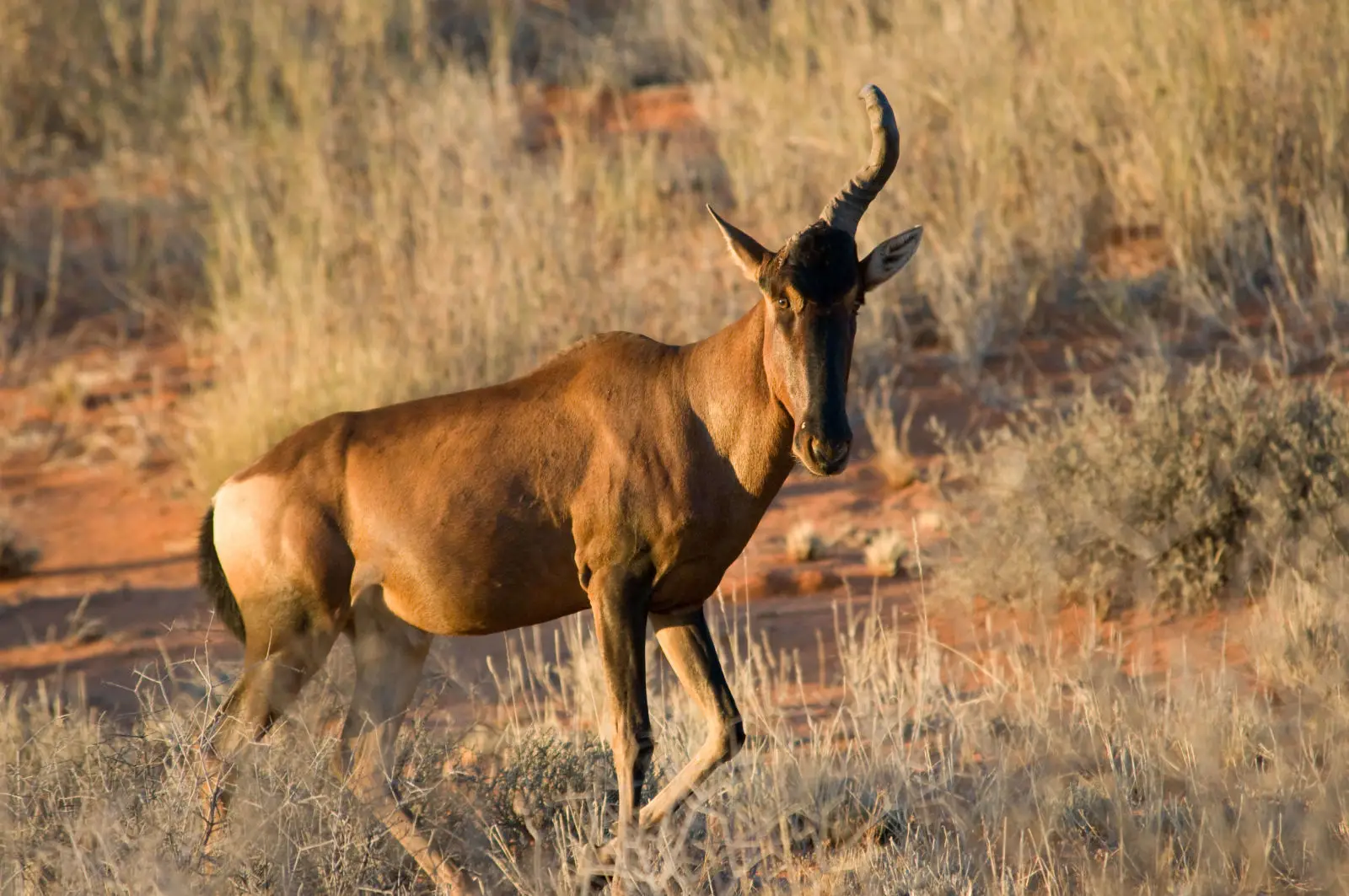
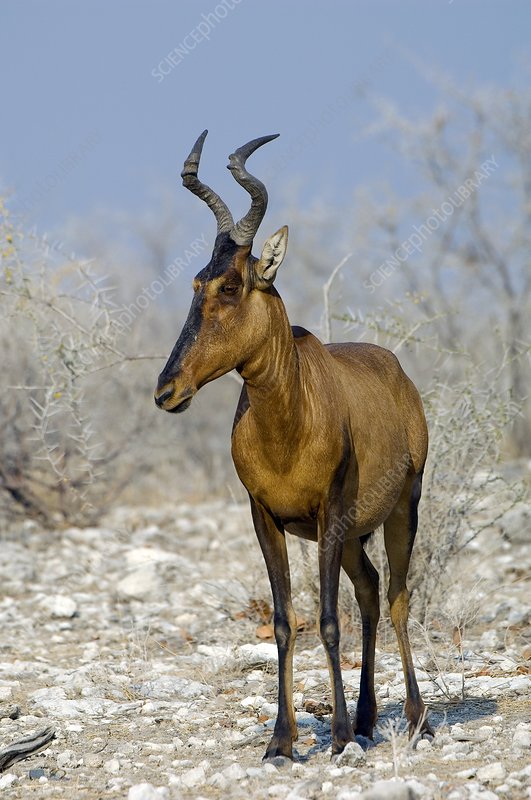
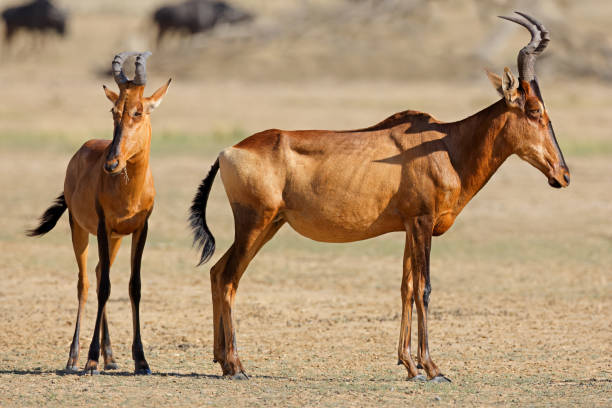
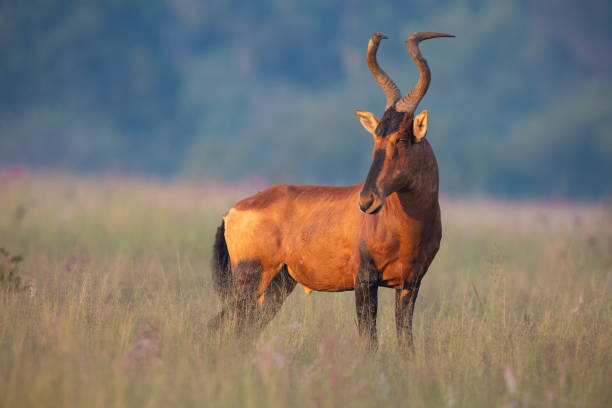
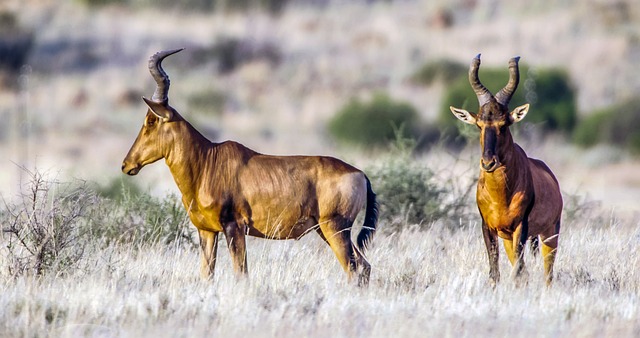
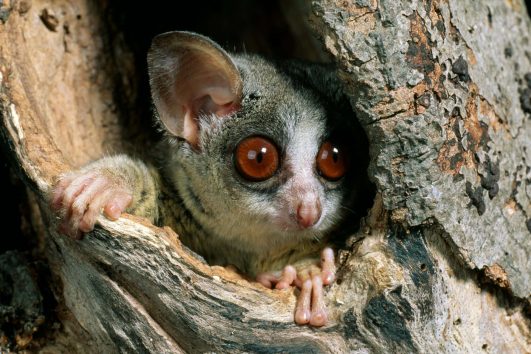
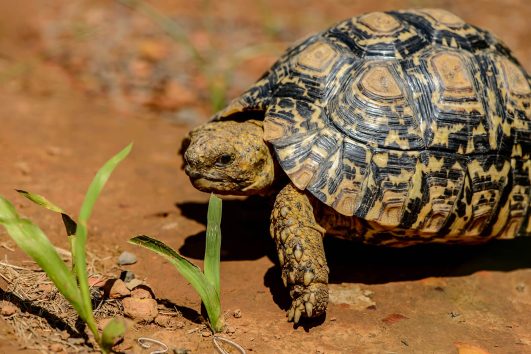
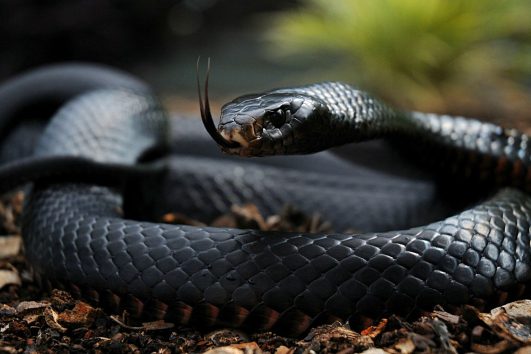
Tour Reviews
There are no reviews yet.
Leave a Review